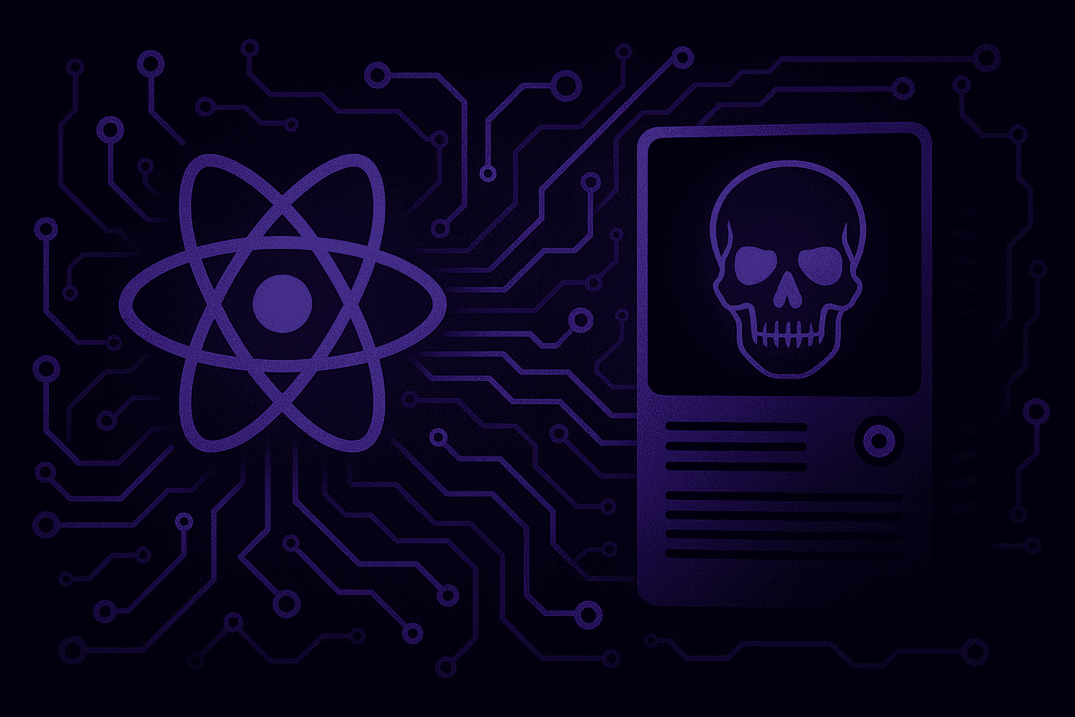Crypto mining: Understanding and Protecting Against Cryptojacking
We take it by now you have heard of crypto currency, so we won’t insult you by explain too much about it. The likes of BitCoin, Dogecoin, and Ethereum to name but three are gathered en masse by “mining”.
Cryptocurrency mining is the process of using specialized software to solve complex mathematical problems to validate transactions on a cryptocurrency network and create new units of the currency. The process involves verifying transactions on the blockchain, which is a decentralized and public ledger of all cryptocurrency transactions. Miners use powerful computer hardware to solve complex mathematical equations, and in return, they are rewarded with cryptocurrency.
The process of mining can be resource-intensive and requires significant computing power. As a result, miners often join mining pools, where they combine their computing power to increase their chances of finding a block and earning rewards.

What is Crypto Jacking?
Cryptojacking is the unauthorized use of someone else’s computer to mine cryptocurrency. For example, more than 500,000 individuals affected in 2022 alone. Malware actors have turned to malware to covertly install cryptocurrency mining software on the computers of victims in a bid to generate profits. Cryptojacking malware can be delivered through malicious websites, email attachments, and infected software downloads.
Once the malware is installed, it starts to mine cryptocurrency using the computer’s resources, such as the CPU and GPU. The mining process can slow down the computer, cause overheating, and even damage the hardware. In some cases, the malware can also steal personal information and credentials.
As a growing threat, it allows cybercriminals to remain hidden for months, using the processing power of the victim’s computer to mine cryptocurrency. In recent years, cybercriminals have also been targeting cloud resources for coin-mining purposes. This includes compromising Azure Global Admin Accounts and spawning up multiple virtual machines to mine cryptocurrency.
As crypto mining is becoming more profitable, cybercriminals are increasingly turning to crypto jacking as a way to earn easy passive income with low risk. They are also attracted to crypto mining as not all ransomware campaigns are successful in receiving ransom payment.
The impact of crypto jacking can be severe for both individuals and organizations. As previously mentioned, for individuals, it can lead to slow computer performance, high electricity bills and even hardware damage. Though for For organizations, it can result in increased cloud costs, decreased productivity, and reputational damage.
Here are a few examples of how crypto jacking has been used:
- In 2019, a malware called “Smominru” infected over 526,000 computers worldwide and mined Monero cryptocurrency. The malware was primarily spread through the exploitation of a known vulnerability in Windows servers.
- In 2018, a cryptojacking malware called “Coinhive” was discovered on several websites, including the British Airways and Ticketmaster The malware used the website visitors’ computers to mine Monero cryptocurrency.
- In 2017, a malware called “WannaCry” spread rapidly through the use of a known vulnerability in Windows systems. The malware encrypted victims’ files and demanded a ransom in Bitcoin. However, it was also discovered that the malware was also mining Monero cryptocurrency using the infected computers’ resources.
- In 2018, a group of hackers known as “Lazarus” were found to have used a technique called “drive-by mining” to mine Monero cryptocurrency. The group compromised websites and added a script that would use the visitors’ computers to mine cryptocurrency.
Preventing Crypto Jacking
To protect yourself from crypto jacking, there are several steps you can take:
Keep your software and operating system up to date to ensure that known vulnerabilities are patched.
- Use anti-virus and anti-malware software to detect and remove crypto jacking malware.
- Be cautious of clicking on links or downloading attachments from unknown sources.
- Use browser extensions that block crypto mining scripts.
- Monitor your computer’s resource usage and investigate any unusual activity.
Crypto mining is a legitimate way to earn cryptocurrency, but crypto jacking is an illegal and unethical method that exploits the resources of unsuspecting victims. As the number of cryptojacking incidents continues to rise, it is important for individuals and organizations to be aware of the threat and take steps to protect their systems. By staying informed and taking the necessary precautions, you can help protect yourself and others from falling victim to crypto jacking.



